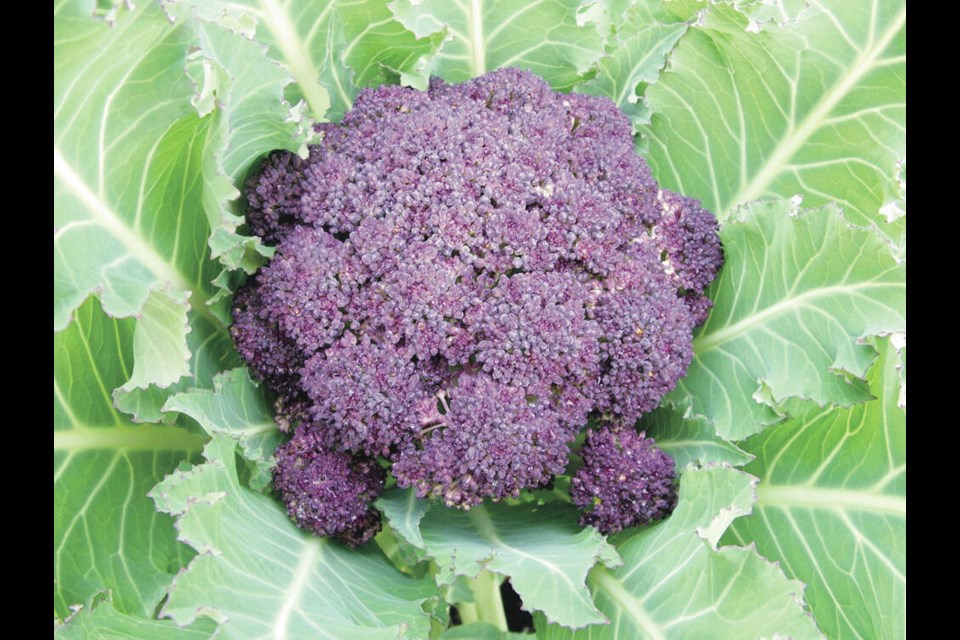Dear Helen: A neighbour tells me it is beneficial to sprinkle lime on each added layer of a compost heap as it builds. Do you agree?
D.C.
Adding lime to compost heaps is not a good idea. Lime reacts with the nitrogen in soft, green materials to cause the release of ammonia, which means a loss of valuable nitrogen in the heap.
Lime alters the pH (acid or alkaline value) in a compost heap by reducing acidity. It is preferable to leave a heap to self-adjust naturally. Toward the end of the decomposition process, the pH in a heap will commonly be close to neutral. Compost left untreated with lime is therefore more versatile in its use throughout a garden. Most vegetables and other plants prefer a slightly acid to neutral soil.
Dear Helen: At a restaurant recently, a curious little yellow berry, partly enclosed in a papery husk, was presented to me atop a slice of cheesecake. I was told it was a “ground cherry.” Are you familiar with this edible and is it something that can be grown her?
L.D.
The plants are easily grown here, in the same manner as tomatoes. Seeds are usually started mid to late March and the plants set out into the garden in the warmth of May.
They develop into bushy plants with smooth, round, yellow to orange berries inside papery lanterns, much like tomatillos and Chinese lantern plants. All these plants belong to the genus Physalis.
The most commonly available ground cherry variety is Aunt Molly’s. West Coast Seeds lists it These bushy plants grow 60 to 90 cm tall. There is a smaller version called Goldie. This ground cherry has little orange berries within papery husks. When ripe they fall to the ground, where the berries are kept clean by the protective husks.
The only source I know of that lists several forms of this fruiting plant is Salt Spring Seeds, which lists Aunt Molly’s (Physalis pruinosa) and two others.
Cossack Pineapple ground cherry, also P. pruinosa, grows taller at around 120 cm, with lemon yellow berries in papery husks. The berries are pineapple flavoured.
Goldenberry is a different species, P. peruviana, which has been grown since Incan times for its small, cherry-sized berries. It is also called Inca berry, Aztec berry and Giant ground cherry. The plants can grow to around 120 cm.
According to Salt Spring Seeds, Goldenberry is the one also called Cape gooseberry, though this name is commonly used for all forms of these sweet berries.
To find ground cherries on the Salt Spring Seeds website, click first onto “Store” and look for the listings under “Tomato.” Click on “Tomatillos.”
I don’t grow these plants every year, but will be growing a few plants each of Aunt Molly’s and Cossack this year, to compare them.
The berries are a delicious in-garden snack. They keep well, refrigerated in their husks, and they make a wonderful jam. The plants are so productive that some of the berries are bound to be missed in harvesting. The seeds in the berries rest in the garden to sprout as “volunteers” in the spring.
Dear Helen: Have you ever grown over-wintering cauliflower? If you have, how successful does the planting usually turn out to be and what variety do you prefer?
L.F.
I don’t grow this vegetable every year, but past plantings of Purple Cape have always produced beautiful cauliflower heads at around this time in the spring. Salt Spring Seeds lists Purple Cape.
A mid-June indoor seeding and transplanting in early August is recommended. I start the seeds a bit earlier, in late May, because my garden’s conditions foster slightly slower growth than in fully open gardens with all-day sunshine.
GARDEN EVENTS
Seedy in Sooke. The Sooke Community Health Initiative is hosting a Seedy Saturday event on March 30, 10 a.m. to 3 p.m. in the Sooke Community Hall, 2037 Shields Rd. The event will showcase seed and plant vendors, a seed exchange, wild harvesters, food artisans, educational displays and children’s activities. Suggested admission donation $5.
Ask a question. Victoria Master Gardeners serve the gardening public in many ways. One of their projects, “Ask a Master Gardener,” involves members with expertise in different areas answering questions from the public via e-mail at [email protected].



